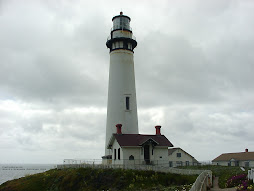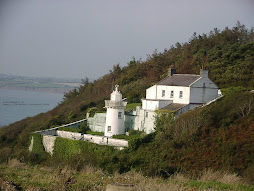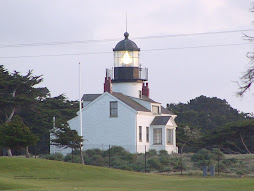I know how some people think of distress signals. This is what your stomach tells you after a big night at the club, or after a holiday weekend. OK, I'll buy that, but what about the ones you have on board. You know, the ones back there in the cockpit or lazarette, or somewhere? Right, the ones you'll need a lot more than Alka-Seltzer, when you're in distress someday.
During my Coast Guard years, I saw a lot of people in distress, some of whom would likely have never made it, had it not been for the sharp eyes of a crewman on lookout. I never cease to be amazed at the lack of good quality distress signals on vessels. Folks, no matter how you look at it, these things are as important as your PFD in an emergency. No matter how long you stay afloat, if no one comes to get you, the final result is the same, just slower. Yes, that's a chilling thought, but no more chilling than 24 hours in the cold offshore waters.
Why are there dating requirements on aerial flares and other pyrotechnic devices? Old flares appear to be good, and there is a good chance they will work even if outdated. But dating requirements were established to help assure the distress signals will work every time they are needed. The "shelf life" of these signals is predicated on the average user, and the handling that user will likely give the signals. If everyone kept their signals in air and water tight containers, they would probably last much longer than the three years between manufacture and expiration. If you leave them sloshing around in bilge water, I can guarantee a shortened life span. Keep your distress signals in a dry area, free of unusual heat, and you'll be able to keep your outdated signals for spares.
Smoke canisters and hand held smoke devices must also meet dating requirements. Same with fusees, or hand held flares. They need to be within date and maintained in good condition. Ordinary road flares are not acceptable, since they are not dated and do not bear a USCG label. And, most road flares are subject to deterioration due to their construction, which is not meant to stand up to the rigors of marine storage.
It is wise to carry more distress signals than required; remember USCG requirements are just minimums. And, for voyages far offshore, SOLAS listed distress signals may be a prudent buy, since they are designed not only to meet, but to exceed all USCG standards. Whistles, PFD lights or strobes, signaling mirrors and a hand held VHF radio are important safety items as well.
Since 1982, over 22,000 people have been rescued using the COSPAS-SARSAT system which uses satellite tracking of distress signals. For those of you who purchased the older 121.5 MHz EPIRB's, as of February 1, 2009 ,the signal will no longer be picked up by satellite. You will need to purchase a new 406 MHz Category I or II EPIRB to assure you will be able to be found in an emergency! For offshore voyages, a reasonably inexpensive, (considering what a life is worth?) a 406 Mhz EPIRB, with its multiple frequency signals, and "signature" transmissions to SARSAT satellites, is a wise choice.
Incidentally, the old EPIRB's may still have their signal picked up by commercial aircraft, but that does no good unless there is one in the area. Plus they don't look for your signal specifically...it's just the luck of the draw!
Request a copy of the US Coast Guard and your specific State requirements, and be sure your equipment meets the minimum standards. A no-cost Coast Guard Auxiliary inspection each year is one way to be sure you exceed the minimums for safety.
If, in over forty years of boating, I have learned one lesson well, it is that the key to survival is you. You and your crew, and the preparations you have made, are the only things you can count on in an emergency. The best safety and distress signals will not work unless you take the time to learn their correct storage and deployment techniques, and when to use them to their best advantage. The time for that is now, not when the distress call identifies your vessel.
Safe Boating.
Top 60 Boating Tips by Boating Magazine
Subscribe to:
Post Comments (Atom)









No comments:
Post a Comment